GEO 583 Internet Mapping and Distributed GIServices
Unit FIVE (Session One):
![]()
Graduate Student Assignment
The literature review will ask the graduate students to get the following information:
Graduate students will have an additional assignment (literature review in their specialty areas with the Internet application). Additional 10% The literature review will ask the students to gather the following information:
1. Find out TWO web sites which focus on your own special areas (hydrology, urban geography, etc.), and write a 300 words paragraphs to introduce EACH web site in HTML format. (Publish the writing on the personal Web page).
2. Write an essay about the impact of Internet on your own specialty group and identify the potential connections of the Internet applications with your own study area. (1000 words and publish the essay on the personal Web page).
Personal Web Site: [Lab-1], [Lab-3], [Lab-4], [Literature Review], [Essay]
Please print out both your web site introductions and your essay in paper format and give them to the instructor on April 26, 2018 (ONE WEEK BEFORE the Final Group project presentation ).Group Project Presentation: May 3 (Tuesday), 2018.
Group Project and Assignments
(recruiting your group members today!)
Group Project Proposal Presentation on March 01
Link to Wii-Fit Balance Board with GIS movie
http://www.youtube.com/watch?v=riFw0kKoinU&feature=channel_page
http://www.youtube.com/watch?v=lKUDU9lE--E&NR=1
![]()
Multimedia and Hypermedia
![]()
Paper maps vs. Electronic Map
Hybrid-production:
http://www.plasticlogic.com/index.php
(You Tube) http://www.youtube.com/watch?v=8_Tv5Ox_U90&mode=related&search=
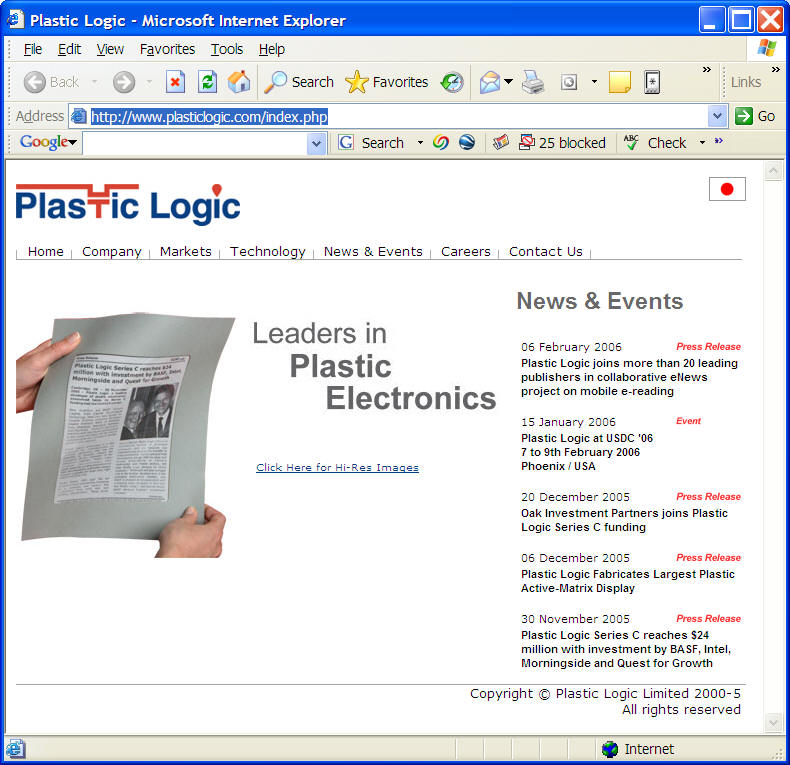
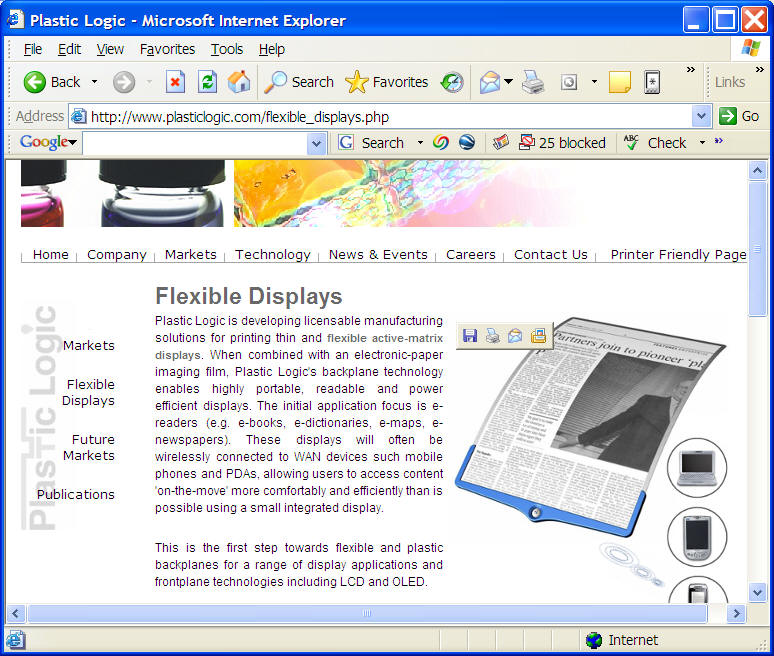
![]()
CAL(IT)2 WebCast http://www.calit2.net/newsroom/multimedia/index.php
Cal-(IT)² is one of four institutes established through the California Institutes for Science and Innovation initiative proposed in the year 2000 by Governor Gray Davis. Cal-(IT)², a partnership between UC San Diego and UC Irvine, seeks to ensure that California maintains its leadership in the telecommunications and information technology marketplace.
Viewer Software: www.earthviewer.com (formal Google Earth company).
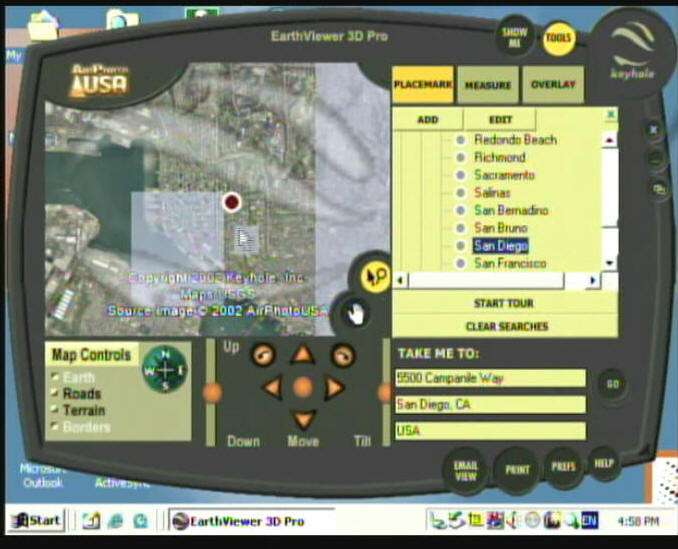

2010
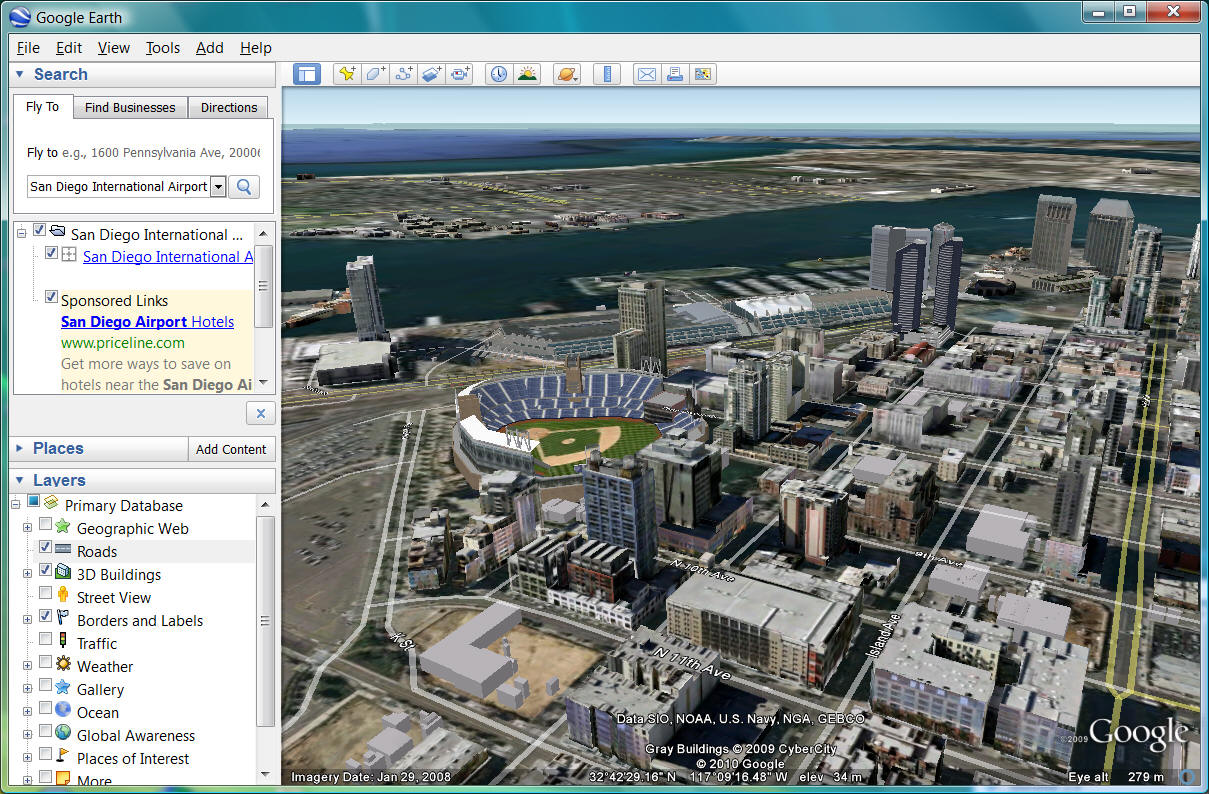
The Definition of "Media" (on-line definition by Webopedia http://www.webopedia.com/)
(1) Objects on which data can be stored. These include hard disks, floppy disks, CD-ROMs, and tapes. (papers are also one kind of media)
(2) In computer networks, media refers to the cables linking workstations together. There are many different types of transmission media, the most popular being twisted-pair wire (normal electrical wire), coaxial cable (the type of cable used for cable television), and fiber optic cable (cables made out of glass).
(3) The form and technology used to communicate information. Multimedia presentations, for example, combine sound, pictures, and videos, all of which are different types of media.
Discussions:
Computers as Media. "The computer is both the tool of multimedia and its medium. ....Multimedia is interaction with multiple forms of media supported by the computer." (Cartwright and Peterson, p. 1, 1999, Multimedia Cartography).
GIS as Media. Sui, D.Z., 1999. GIS as media? Or how media theories can help us understand GIS and society. Book chapter for GIS and Society: An international perspective, eds. E. Sheppard and R. McMaster
Maps as Media. Maps could be used to store and communicate geographic information. "...providing a map that is not just a picture of geographic reality, but also a search engine which, as well as giving access to geographical data and a means of data selection and display... The geographically linked ""things"" are a conglomerate of items, systems, processes and conventions." (Cartwright and Peterson, p. 4, 1999, Multimedia Cartography).
WWW as Media. The Web could be used to store and communicate information (multimedia presentation).
The Definition of "Multimedia" (on-line definition by Webopedia http://www.webopedia.com/)
The use of computers to present text, graphics, video, animation, and sound in an integrated way. Long touted as the future revolution in computing, multimedia applications were, until the mid-90s, uncommon due to the expensive hardware required. With increases in performance and decreases in price, however, multimedia is now commonplace. Nearly all PCs are capable of displaying video, though the resolution available depends on the power of the computer's video adapter and CPU.Because of the storage demands of multimedia applications, the most effective media are CD-ROMs.
Discussions:
Currently, the Web could become the most effective media. or TV Cables?
"Multimedia as an information interface. Multimedia is a new form of visual and aural presentation and expression." (Cartwright and Peterson, p. 5, 1999, Multimedia Cartography).
Could we say that "GIS is in the end just a set of tools for producing spatial information whereas multimedia cartography is a set of tools for presenting geographic information" ? (Please compare this one to the statement in p. 6 of the Cartwright book: "Computer graphics is in the end just a set of technical tools for producing imagery whereas multimedia is a set of tools for using imagery.")
The Definition of "Hypermedia" (on-line definition by Webopedia http://www.webopedia.com/)
An extension to hypertext that supports linking graphics, sound, and video elements in addition to text elements. The World Wide Web is a partial hypermedia system since is supports graphical hyperlinks and links to sound and video files. New hypermedia systems under development will allow objects in computer videos to be hyper linked.
"It is a communication medium created by the convergence of computer and video technologies and it describes the whole spectrum of new interactive media spanning telecommunications, High Definition Television (HDTV), interactive cable television, videogames, and multimedia. .... Hyper documents could also include things like tastes, odors and tactile sensations". (Cartwright and Peterson, 1999, p. 20)
Discussions:
- Hypertext is a text which contains links to other texts. The term was invented by Ted Nelson around 1965. Hypertext is therefore usually non-linear (comparing to books and movies).
- Linear media (books, movies) vs. Non-linear media (hypertext) -- Which one is better? (Video tapes vs. DVD)
Hypermaps: Laurini and Millert-Taffort (1990) first introduced the term "hypermap". "Hypermap is an interactive, digitized multimedia map that allows users to zoom and find locations using a hyperlinked gazetteer (Gotton and Oliver, 1994).
Dreaming of Hypermap: Roy Williams California Institute of Technology http://www.ballandclaw.com/sara/dreaming.html
The Web as a distributed hypermedia system?
Virtual Reality and Force-feedback Gaming Systems. (Flight Stimulation)
![]()
The History of Multimedia Applications
![]()
Who introduced the concept of multimedia or hypermedia?
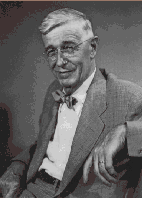 Bush, Vannevar (1945).
As We May Think. (Required reading!)
Bush, Vannevar (1945).
As We May Think. (Required reading!)
The Atlantic Monthly, vol. July: 101-108.
(Source: http://www.theatlantic.com/unbound/flashbks/computer/bushf.htm )
He was the Director of the Office of Scientific Research and Development (OSRD).
"Bush proposed a system, "MEMEX", a multi-dimensional diary with links to all connected things... His writings foreshadowed both the Personal Computer (PC) and the World Wide Web." (p. 13, Cartwright and Peterson, 1999).
Early Example:
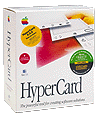 HyperCard: (Apple, 1987).
HyperCard: (Apple, 1987).

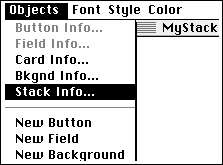
(Source: www.apple.com)
Example: M Y S T (Source: Cyan Software http://www.cyanworlds.com/ )
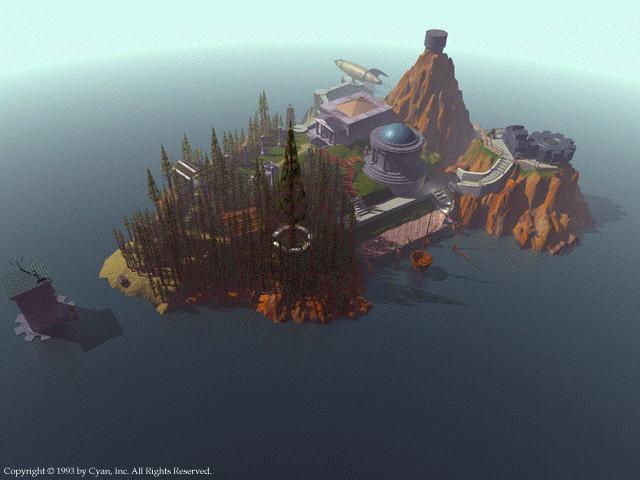
(Source: Cyan Software http://www.cyanworlds.com/ )
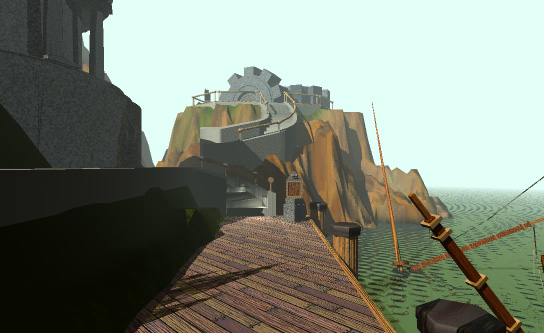
(Source: Cyan Software http://www.cyanworlds.com/ )
Macromedia Director 8 Shockwave Studio
Source: Macromedia Inc. http://www.macromedia.com/software/director/
Examples:
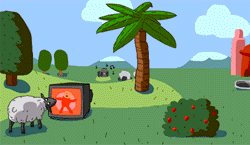

Macromedia Flash Applications Demo.
Becoming Human http://www.becominghuman.org/
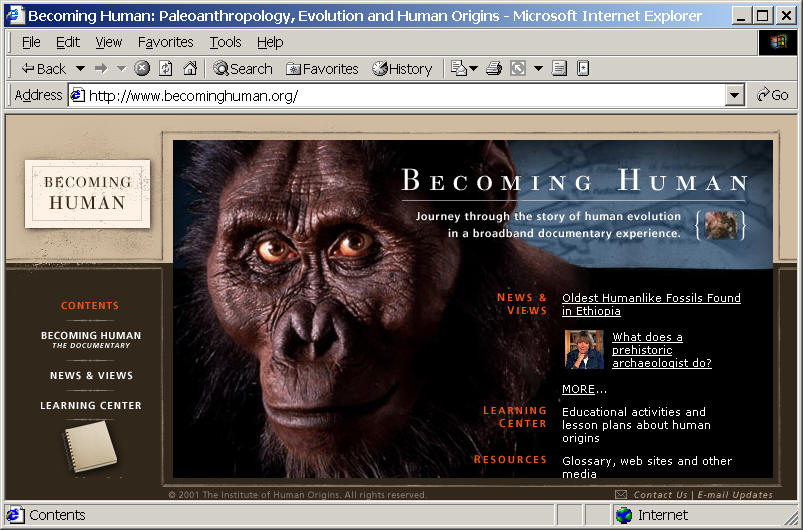
Other Examples:
Interactive TV (Digital Cables)?
Video Games
The MIT Media Lab http://www.media.mit.edu/
"The outline of the Media Laboratory was formed in 1980 by Professor Nicholas Negroponte and former MIT President Jerome Wiesner, growing out of the work of MIT's Architecture Machine Group, and building on the seminal work of faculty members in a range of other disciplines, from cognition and learning to electronic music and holography. It officially opened its doors for business in the Wiesner Building, designed by I.M. Pei, in 1985. In its first decade, much of the Laboratory's activity centered around abstracting electronic content from its traditional physical representations, helping create now-familiar areas such as digital video and multimedia. The success of this agenda is now leading to a growing focus on how bits meet atoms: how electronic information overlaps with the everyday physical world. The Laboratory pioneered collaboration between academia and industry, and provides a unique environment to explore basic research and applications, without regard to traditional divisions among disciplines. Currently the Laboratory has approximately 170 sponsors. Information on sponsorship is available from Communications and Sponsor Relations (CASR).
The MIT Media Laboratory provides a unique environment for exploring basic research and applications at the intersection of computation and the arts. Areas of research include: software agents; machine understanding; how children learn; human and machine vision; audition; speech interfaces; wearable computers; affective computing (a new branch of computing that relates to, arises from, or deliberately influences emotions); advanced interface design; tangible media, object-oriented video; interactive cinema; work in various forms of digital expression, from text, to graphics, to sound; and new approaches to spatial imaging, nanomedia, and nano-scale sensing. "
Research Consortia
Digital Life (DL) addresses the interconnection between bits, people, and things in an online world.
Digital Nations (DN) aims to address major social challenges (improving education, enhancing health care, supporting community development) through the innovative design and use of new technologies.
The News in the Future research consortium provides a forum for the MIT Media Laboratory and member companies to explore and exploit technologies that will improve the collection and dissemination of news.
Things That Think (TTT) explores ways of moving computation beyond conventional sites, such as PCs or laptops, and adding intelligence to objects that are first and foremost something else.
(source: http://gonzo.media.mit.edu/public/web/)
Spin-off company: Http://oblong.com
Andrew Lippman and his group at the MIT Architecture Machine Group (now part of the Media Lab) developed what is probably the first true hypermedia system, in 1978. The Aspen Movie Map was a surrogate travel application that allowed the user to enjoy a simulated ride through the city of Aspen.
The system used a set of videodisks containing photographs of all the streets of Aspen, Colorado. Recording was done by means of four cameras, each pointing in a different direction, and mounted on a truck. Photo's were taken every 3 meters. The user could always continue straight ahead, back up, move left or right. Each photo was linked to the other relevant photos for supporting these movements. In theory the system could display 30 images per second, simulating a speed of 200 mph (330 km/h). The system was artificially slowed down to at most 10 images per second, or 68 mph (110 km/h).
To make the demo more lively, the user could stop in front of some of the major buildings of Aspen and walk inside. Many buildings had also been filmed inside for the videodisk.
The system used two screens, a vertical one for the video and a horizontal one that showed the street map of Aspen. The user could point to a spot on the map and jump directly to it instead of finding her way through the city.
(Cartwright and Peterson, 1999, p. 21)
http://www.naimark.net/projects/aspen/aspen_v1.html
(Images from the URL: http://www.naimark.net/writing/aspen.html )
Michael Naimark, "Aspen the Verb: Musings on Heritage and Virtuality" Presence, Special Issue on Virtual Heritage, MIT Press, 15.3, June 2006.
Is the Aspen Project Similar to today's Google Street View?
![]()
Multimedia/Hypermedia Cartography
![]()
Three Attractive Keywords:
"Interactive"
"People want to go into the map, both spatially and conceptually. ... Interaction is the key to knowledge formation" (Cartwright and Peterson, p. 2, 1999, Multimedia Cartography).
"Dynamic"
People like to see dynamic pictures or animations rather than static display. Dynamic display help people to "visualize" the change of spatial phenomena or "represent" 3D/4D surfaces.
"Multimedia"
"People seems to learn things more quickly when the learning process is fun. .... Multimedia Cartography can contribute to the joy of this discovery." (Cartwright and Peterson, p. 32, 1999).
![]()
Advanced Hardware for future Multimedia Cartography (Multiple Touch Screen technology).
http://www.youtube.com/watch?v=iVI6xw9Zph8&eurl=

3D Touch Table: (terrain movies). http://www.ms.northropgrumman.com/touchtable/
Three Types of Media Functions: (Doris Dransch, from Cartwright and Peterson (edited), 1999, p.41)
1. To fulfill in the perception of information.
|
Avoiding information overload | |
|
Emphasizing important information | |
|
Directing Perception |
2. To fulfill in the knowledge generation.
Cognitive Approach
|
Activating pre-knowledge | |
|
Multiple presentation |
Didactic Approach
|
Demonstration | |
|
Setting in context | |
|
Construction | |
|
Motivation |
3. To fulfill according to the purpose of communication.
|
Cognitive function | |
|
Communication function | |
|
Decision support function | |
|
Navigation | |
|
Social function |
A Paradigm shift: "Revolution" or "Evolution"?
A medium is the carrier of information? or
The Medium is the Message (McLuhan, 1967)
Example: Stroop Effect (Stroop, 1935)
Please tell us what the color is in the text?
Yellow Red Green
Literate people are visually incompetent because they have been so conditioned by the recognition of printed text. (Peterson, 1995).
The only acceptable way of approaching the new medium is by emulating the old -- through the rea-view mirror (McLuhan, 1967).
![]()
Unit FIVE (Session Two):
![]()
Introduce your own student web design and the animated GIF picture.
On-line Forum Discussion
Blackboard URL: https://blackboard.sdsu.edu/
![]()
How to create your own web pages?
1. Student accounts:
Guide To Making a Home Page on ROHAN http://www-rohan.sdsu.edu/acinfo.shtml
2.. Web hosting: (ISP: Internet Service Provider: AOL, AT&T, MCI, GeoLinks...)
Free hosting example: Yahoo Geocities (converted to Small business hosting)
- Disk space - 15 megabytes
- Site Statistics - get comprehensive reports to track your visitors - automatically!
- Short URL - easy-to-remember web page address
- Easy-to-install Add-Ons - search box, slot machine game, news headlines, clip art, sports trivia, guestbook, page counter, feedback form, countdown clocks, streaming media, site menus, and so much more
- FTP access - and other cool tools for HTML experts
- File Manager - create, edit, upload, delete, and manage your files in directories and subdirectories
Limits: Web server disk space, Web traffic, external linkages, etc.
Google Sites: http://www.google.com/sites/overview.html
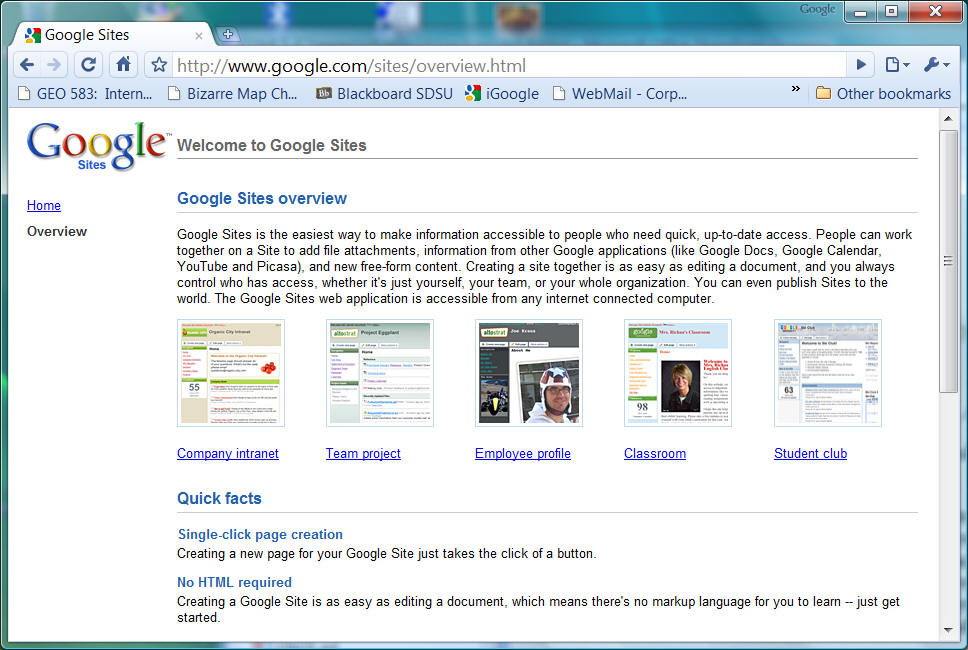
What's difference between Web pages and Weblogs?
How to create your own Web servers?
UNIX platform (expensive).
Sun MicroSystems (The Cobalt RaQ)
One machine could host 200 web sites (different IP addresses and Domain Name).
http://www.sun.com/servers/index.jsp
Web Server Software:
|
Netscape Fast track/Enterprise | |
|
Apache Web Server | |
|
iPlenet Web Server Enterprise | |
|
Java Web Server | |
|
Oracle Application Server | |
|
... |
Windows NT/2000, Windows XP, 2003 Server
HP, DELL, IBM, Gateway, Compaq...
Example: DELL PowerEdge & PowerApp:
Web Server Software:
|
Microsoft Internet Information Server (IIS) | |
|
Netscape Enterprise Server | |
|
.... |
Linux: (PC hardware with semi-UNIX operating systems)
HP, DELL, Gateway, Compaq...
Web Server Software
|
Apache Web Server | |
|
...... |
Tips:
1. Make sure the Hard Disk is Ulta-SCSI (fast transfer speeds).
2. Multiple processors? (depends on your applications -- multiple threads or not)
3. Memory size (Bigger is better)
4. Compatibility (hardware and software) (DVD drivers, Internet Map Server software..)
5. Newest technologies? (If budget is a concern... Get the second newest tech. rather than the brand-new tech.).
What's the differences among Home PCs, Workstations and Web Servers?
Could we install a Web server at our home? (Linux solution)
What's the differences between a Web Server and an Internet Map Server?
New direction: Virtualization Web Server.
http://www.youtube.com/watch?v=L_vRWJiOy40
http://www.vmware.com/virtualization/what-is-virtualization.html
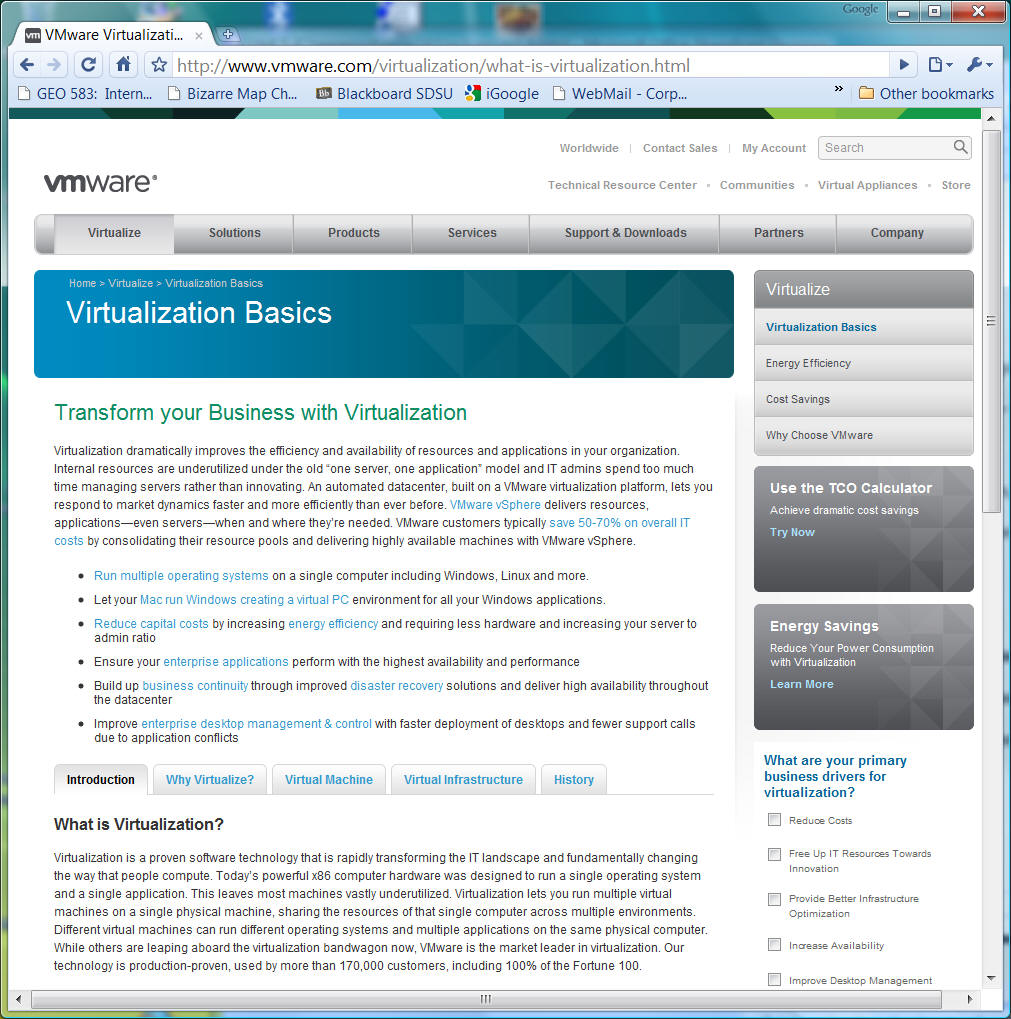
![]()
![]()